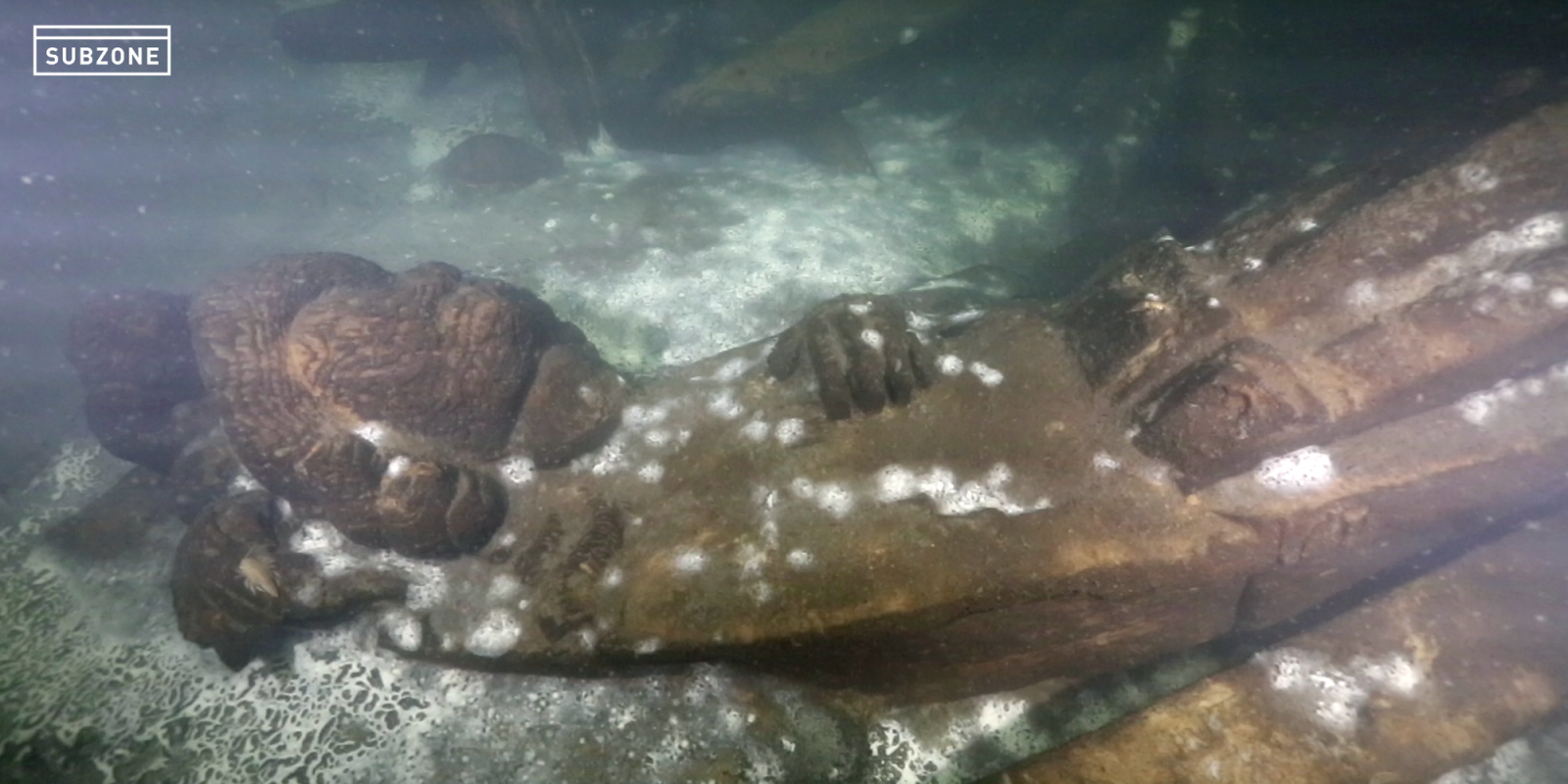
The 18th century wreck just outside Porvoo has been protected as a restricted area
Based on a proposal by the Finnish Heritage Agency, the Uusimaa Centre for Economic Development, Transport and the Environment has decreed a restricted area be imposed for the wreck of the Dutch vessel Huis te Warmelo. The vessel was shipwrecked outside of Porvoo in 1715 during the Great Northern War. There is a need to protect the wreck, which is well-preserved and very interesting in terms of research, from any damage caused by anchoring and hydraulic engineering, for example. Diving is also restricted in the area.
Huis te Warmelo is a Dutch warship that was shipwrecked outside of Porvoo in 1715 near the Kalbådagrund shallows that currently house a lighthouse. The wreck, which is roughly 36 metres long, is located at a depth of approximately 60 metres. It is remarkably well-preserved and forms a very versatile archaeological site. The wreck is likely to provide information on 18th century warship building, conditions on board and military history. The site is also significant to the motherland of the vessel, the Netherlands. The ship was part of the Dutch navy and is an example of the shipbuilding skills and military technology of its time.
The wreck was found during seabed surveys in 2002 by the Finnish Maritime Administration. The history of the wreck started to unravel in 2015, when a Dutch researcher found an 18th century map, on which the location of the wreck was marked. Huis te Warmelo was a three-masted vessel built in the city of Medemblik in northern Holland in 1708–1709. It was shipwrecked while protecting a fleet of merchant ships returning from Saint Petersburg.
The conditions in the northern parts of the Baltic have contributed to the ship’s preservation, since organic matter is preserved exceptionally well there. The wooden hull is partly sunken into the sediment. A number of cannons and other items remain on the wreck. The lion figurehead has sunk to the bottom near the bow. Additionally, there are remnants of decorative human figurines near the stern of the vessel.
The new restricted area has a diameter of 800 metres surrounding the wreck. In the future, anchoring and diving will only be allowed with express permission from the Finnish Heritage Agency. Construction work and any kind of fishing that may damage the wreck is also forbidden in the restricted area. The goal is to secure the preservation of this significant wreck and facilitate any future research of this intact archaeological site. The Baltic has acted as the backdrop for international trade and war for centuries. The territorial waters of Finland are the resting place of many wrecks that are valuable to our cultural heritage, and whose preservation benefits both Finnish and international research into maritime history and marine archaeology. Finland has a responsibility for protecting underwater culture in its territorial waters.
Generally speaking, recreational diving at wreck sites is permitted in the waters of mainland Finland, with the exception of sites that are protected with a restricted area under the Antiquities Act. Huis te Warmelo is the fifth wreck to be protected as a restricted area. The other sites are Vrouw Maria, St. Mikael and the so-called Gråharuna wreck in Pargas and St. Nikolai in Kotka. The Ancient Relics Register contains information on approximately 1,600 wrecks and parts of wrecks.
For more information, please contact:
intendant Maija Matikka, tel. +358 295 33 6284, maija.matikka@museovirasto.fi
The wreck in the Ancient Relics Register maintained by the Finnish Heritage Agency (number 2381)